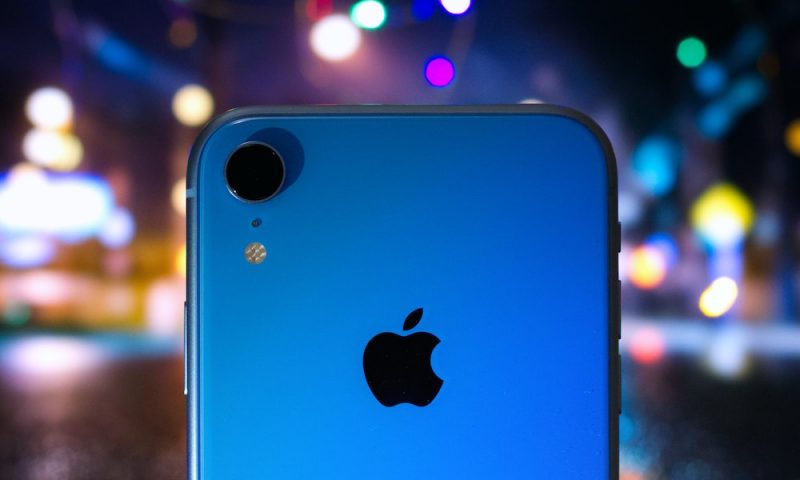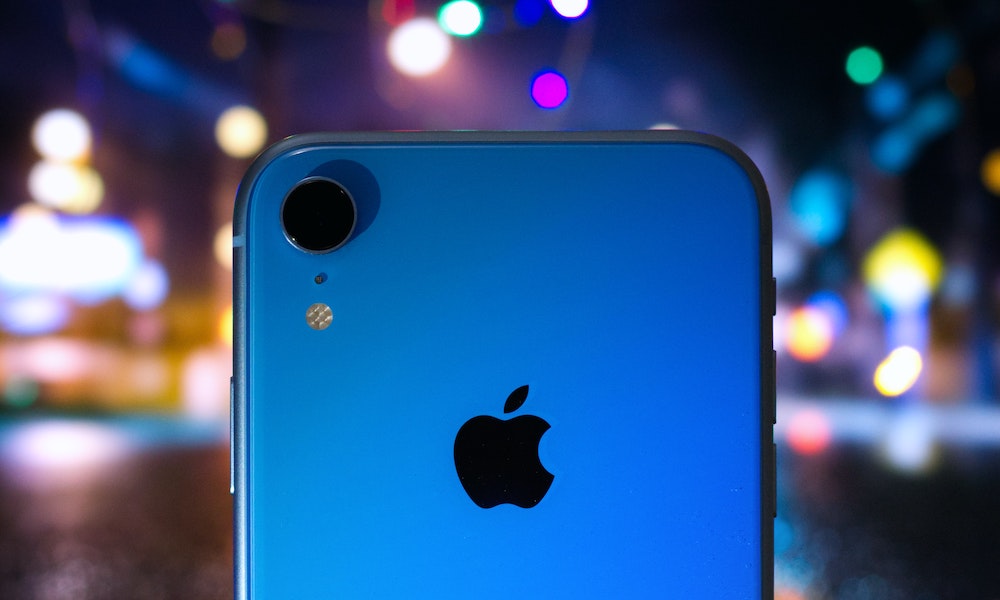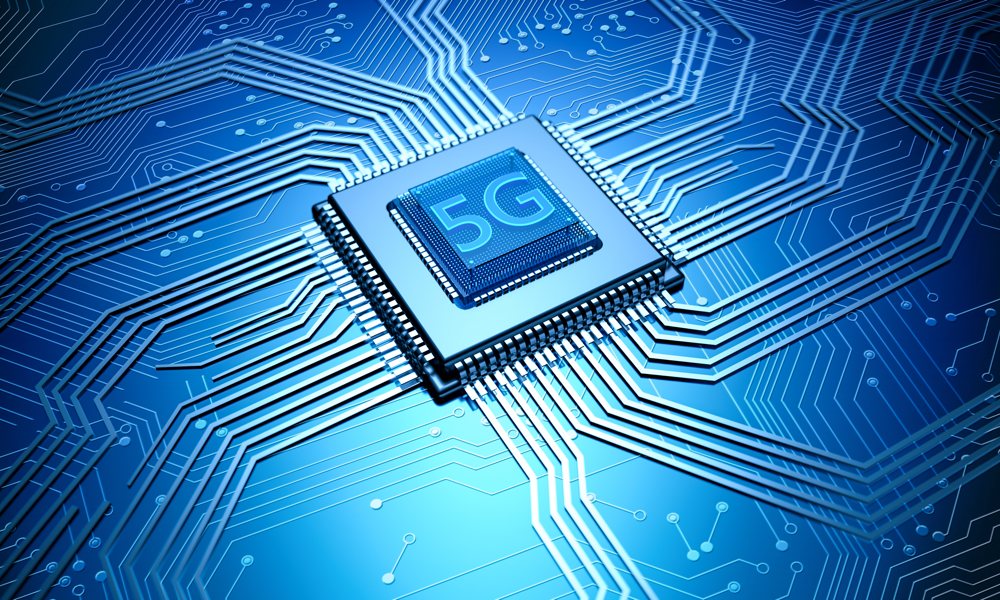The Next iPhone SE Could Be the Proving Ground for Apple’s New 5G Modem Chip

 Credit: AB / Unsplash
Credit: AB / Unsplash
Even before the first M1 chip came along and left its Intel counterparts in the dust, Apple had already been creating powerful silicon for its iPhone and iPad lineup in the form of its A-series chips. Moving to custom silicon for its Mac lineup was just the final round of the performance game.
However, Apple’s chip ambitions go beyond providing raw processing power. Custom-designed chips allow Apple to sweat the details and ensure that everything integrates as efficiently as possible. Perhaps more significantly, it also reduces Apple’s reliance on outside companies to supply the most critical components of its products.
The need to partner with Intel was bad enough. Although, by most reports, the two companies enjoyed a good relationship, there was still a price to be paid by involving Intel in some of Apple’s most secretive designs.
When it came to the modem business, though, Apple ended up in a massive spat with Qualcomm with no easy escape in sight. Intel’s 5G chips weren’t cutting it, and even though Apple had begun developing its own 5G chip by then, it knew that it wasn’t going to be ready anytime soon. Apple had no choice but to make peace with Qualcomm to ensure it could release the 5G-capable iPhone 12.
Nevertheless, Apple hasn’t stopped the work on developing its own 5G chips, but even though some analysts have suggested they could be right around the corner, it seems that Apple plans to stick with its original estimate of 2025.

That might explain why we haven’t heard much about Apple’s 5G modem lately; there’s just not much to say about a chip still in the middle stages of development and testing.
Starting Smaller
As 2025 gets closer, though, new reports have surfaced suggesting that Apple doesn’t plan to run out of the gate with its first 5G modem chip as strongly as many had believed.
For the past few years, the consensus has been that Apple is planning to kick Qualcomm to the curb as soon as possible by putting the new 5G chip in every flagship iPhone it can as soon as it’s ready to go.
Although that seems reasonable at first glance, it’s important to remember that Apple is typically very cautious when it comes to new technologies — even (or maybe especially) those it’s developed in-house. For instance, it’s been over two years since the M1 chip debuted, but we have yet to see it come to Apple’s high-end Mac Pro. “Slow and steady wins the race” is a mantra that would fit Apple’s style quite well.
With that in mind, recent analyst reports that the iPhone SE will be first in line for the new 5G modem chip shouldn’t be all that surprising. Ming-Chi Kuo first hinted at this in February, and now a new research note from analyst Jeff Pu backs this up.
According to both reports, the 5G modem will be built by Apple’s usual chipmaking partner, Taiwan Semiconductor (TSMC), using its 4-nanometer (4nm) process. While Kuo predicted Apple might have the chip ready to go into an iPhone SE early next year, Pu believes the launch has now been delayed to 2025. He doesn’t say precisely why, but that lines up with the original timeline for the 5G modem, and it also probably doesn’t help that Apple is being forced to tighten its belt.
More significantly, though, the first chip isn’t going to support the ultrafast mmWave frequencies. That’s enough to rule it out for inclusion in a mainstream iPhone; except for the 2022 iPhone SE, every 5G-capable iPhone sold in the U.S. has offered mmWave support. Apple isn’t about to take that away just to vote Qualcomm off the island.
Starting with the iPhone SE also gives Apple the opportunity to see how well the chip will perform among a customer base that’s less likely to see 5G as a critical feature.
Research and development costs aside, Apple’s own 5G modem will likely be cheaper to produce than licensing silicon from Qualcomm. Although the iPhone SE only uses a Snapdragon X57, Apple could surely find better places to spend the money it’s paying Qualcomm for the privilege of using those chips in every iPhone it sells.
Since the iPhone SE is already Apple’s most affordable smartphone, this could give the company more room to pack in other improvements. After all, Apple increased the price of the 2022 iPhone SE by $30 last year, and the most notable addition was 5G. That begs the question of how much of that increase ended up going to Qualcomm.
[The information provided in this article has NOT been confirmed by Apple and may be speculation. Provided details may not be factual. Take all rumors, tech or otherwise, with a grain of salt.]







